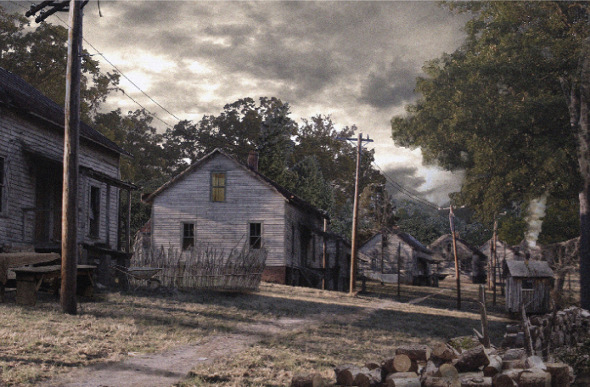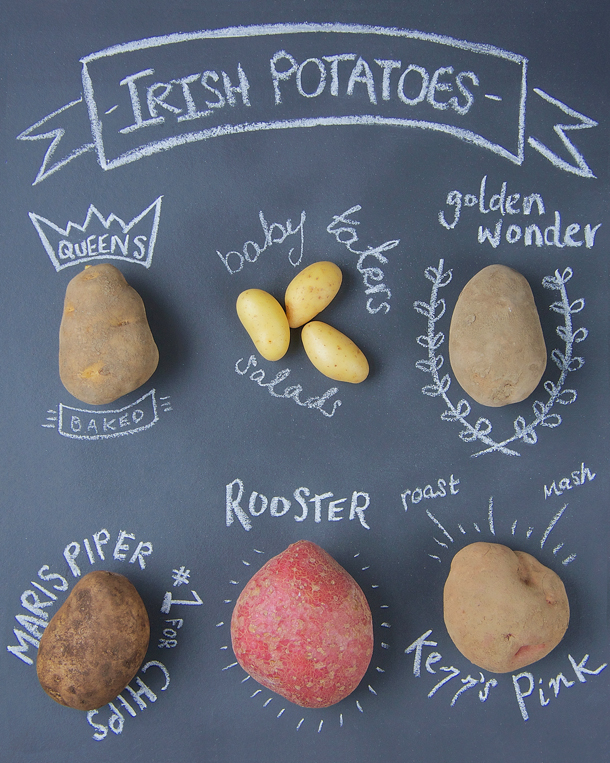"Life was like a box of chocolates. You never know what you're gonna get." Wise words by Forest Gump's momma. Well, this applies to many things, including of course, meeting people, and in this particular case, meeting Venezuelans abroad.
We might be all chocolates from the same box, but we surely come in very different flavours.
So after thinking about writing this list for a few days, I decided to compile 10 cliches I've noticed when meeting Venezuelans in foreign lands.
 |
| "Did you read about what happened yesterday in the Asamblea?" |
1. The one that never left: Yes, his passport has the stamp, his body is in front of you, but his mind is miles away, somewhere around 10°30′N 66°58′W (I've always wanted to quote coordinates on a post!). They obssess about the currency exchange rate and read Venezuelan news constantly, but are unable to mention a current event in the city they sleep in. They belong to dozens of whassapp groups, and spend more hours in social media than socializing IRL.
At their best: They somehow managed to keep in touch with friends and family and found a way to be there for them despite the distance.
At their worst: They don't enjoy their new surroundings, and are always in their own little bubble.
 |
| The sad thing is that they don't exagerate, sometimes they even tone it down (Via visual.ly) |
2. The sensationalist: Did they tell you about Caracas being in the world's top 5 cities with more murders per capita? They won't shut up about Venezuela's darkest facts (yes, sadly, facts). Corruption, kidnapping, extorsion, riots, shortages... that time when he witnessed a person getting mugged at gunpoint (or when his car got stolen) is his favorite cocktail ice breaker. This person seems to take a secret and sick pleasure in sharing these tales, almost like if letting you know what they've seen would give them some sort of street cred mixed with victim status.
At their best: They help to create awareness about all the mess that's going on back in the country.
At their worst: They are downright depresing.
 |
| Hi there, allow me to recommend you some place for coffee (Via reddit.com) |
3. The camouflaged one: They look like a local, walk like a local, eat, talk, dress and party like a local so well that they blend in in their new environment completetly. Or so they think. The Japanese have an expression for these people, they call them "Henna Gaijin" which ironically means "strange foreigneer": non-Japanese people who act too Japanese-like.
Funny thing, in Ireland there's an expression: "more Irish than the Irish themselves", which makes reference to the cultural asimilation that foreigneers experience in the island (the Irish lifestyle is hard to resist, with the exception perhaps of
crisps sandwiches).
At their best: Turns out they are legit, they adapted and are true locals to their new community.
At their worst: They are faux locals trying too hard. They come up as pretentious and artificial.
 |
| A fine example of this type, Edgar Ramirez (centre) Via ladepeche.fr |
4. The overachiever: Whether they are directing orchestras, discovering the cure for some disease, winning gold medals or helping launch rockets into space, these Venezuelans are celebrated. They are shinning abroad, putting their PhDs and creativity to good use in a country that has given them the opportunity they never had at home.
At their best: They are role models that make us proud and show us that the great ones weren't all born in the XIX century.
At their worst: Run away from the ones whose success is seasoned with arrogance, especially if they are good with social media.
 |
| Dmitri: Here I am janitor. In former Soviet Union, I am physicist; Leningrad Polytechnica - Go Polar Bears. Via bigbangtheory.wikia.com |
5. The overqualified kitchen porter: A degree from a top university, postgraduate studies and fluency in three languages. This one should be mingling with the academic elite or wolfing their way to the top in a corporate environment right? But then, something happened, and they never found that golden job yet they still needed to pay rent.
There is an episode in The Big Bang Theory, where the guys participate in a physics knowledge competition and, missing one in the team, they recruit Dimitri, the Russian janitor. Turns out the guy was a physicist in the Soviet Union and he knew the answer to a question not even Sheldon got right. Well, they point is, this one is our Dimitri.
At their best: They are educated, resilient and hard working, with a rich inner life, aware that their jobs don't define who they are.
At their worst: They are bitter, jaded and jelous of everyone whose job doesn't involve a sink.
6. The leech: If life was actually a box of chocolates, they would be the one filled with a pink chewy cream that tastes horrible. They're our rotten apples, the bullet on a game of Russian roulette, the rabid dog that bite the hand that feeds. They're the reason why we don't trust each other. They're the ones that steal from the till at work, that will take your bike, that run shady businesses and scams. They are the ones that will do anything to get rich, except working.
At their best: Can't find anything good about them... perhaps that they force you to be extra nice, to compensate for their parasitic ways.
At their worst: They give us all a bad name, and make life harder for the ones trying to do things right.
7. The impoverished sifrino: In case you don't know, a "sifrino" (see-free-noh) is a posh guy (sifrina, a posh girl) that lives a priviledge life, often criticized for being clueless and caring little for others. They might not have the best education, but they probably went to the most expensive college (and partied their way to a completely unpractical degree). Now, in a new country, far from mom and dad (this made worse by the fact that it's nearly impossible to legally send money abroad from Venezuela) they're a bit like those aristocrats that ran out of money but try to keep the illusion of being rich for as long as possible.
At their best: They become humbler, kinder and nicer, and they grow as a person from their experience.
At their worst: They are horrible at managing their money and if they don't find a good salary soon or change their ways, they'll end up reluctantly going back home or becoming leeches.
8. Everyone's friend: They are the life of the party. Warm, happy, optimistic and charismatic (very often they are seriously good looking as well). These guys and girls will cook arepas for you, teach you how to dance salsa, and tell you all about the beautiful beaches, mountains and landscapes of Venezuela. They might even share with you a fancy bottle of rum that they brought for a special occasion. They are always smiling and they always give you a little kiss on the cheek when they greet you.
At their best: They are great fun, their friendship is real and they will be there for you no matter what.
At their worst: Turns out they are too nice for their own good. They get scamed easily (sometimes by a shameless leech) and can move to the dark side if they hang out with bad influences.
9. The identity overcompensator: When they were living in Venezuela, they used to listen brit pop, eat sushi as often as possible and dress like a character from an American sitcom. And suddenly, they're far and they develop this absurd nostalgia about traditions they never participated in, food they never cooked, sports teams they never rooted for and beautiful landscapes they never visited. They wave flags like they never did before, pay ridiculous prices for smuggled Venezuelan candy and slowly become a theme-park version of Venezuelaness.
At their best: They don't harm anyone and they get to show people a thing or two about Venezuelan culture.
At their worst: You can't help but feel they're faking it. Nobody likes malta THAT much.
10. The one that reminds you of yourself: Here you were, thinking that you were the only sane person holding a Venezuelan passport and then you meet each other. You both are kind, normal people, with flaws and dreams, working hard to make it in another country. You both kept some traditions and adopted a few new ones. You make plans to spend Christmas together and go to each other's birthday. You don't speak Spanish unless everyone in the room does too (but sometimes a comment or joke here and there finds its way) and you slowly gained each other's trust.
At their best: You become very good friends, you understand each other and support each other.
At their worst: You get competitive and mess things up. You play in the same league, but what could have been teamwork, becomes rivalry. Such a waste.
I can say I've meet at least one of each.
I can also say that I've been a little bit like all of these types.
Except for the leech. Feck leeches.





















































